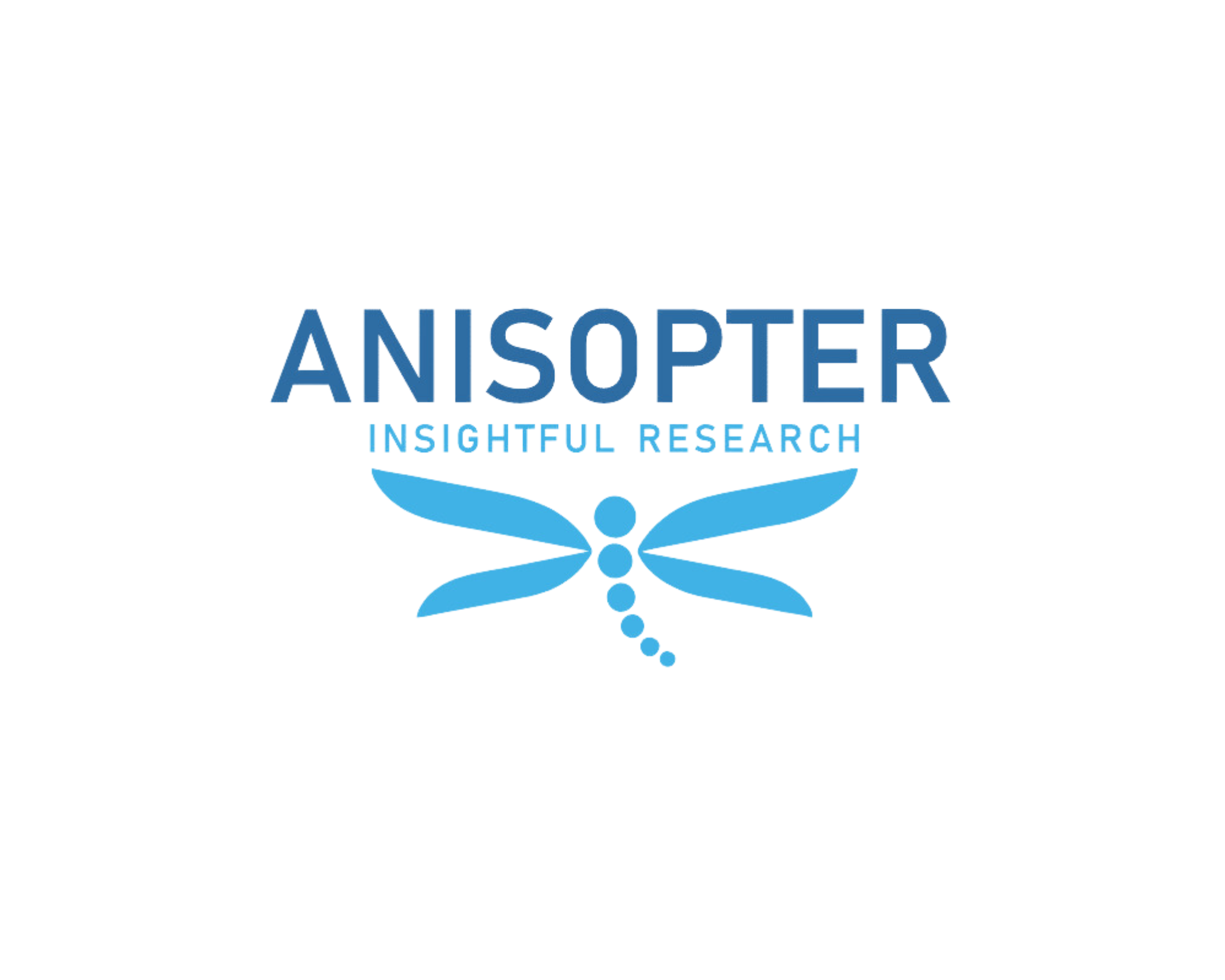Fostering independence, competitiveness, and innovation in the European space sector is one of the European Commission’s priorities. The high cost of access to space effectively hinders (or even prevents) the development of new business models. As a rough estimate, each kilogram sent to space costs more than €4 k for low Earth orbits and €18 k for geostationary orbits. However, these extremely high prices have not prevented more than 200 tons from being sent to space each year, nor the existence of more than 2,000 operational satellites in orbit around Earth (even excluding new constellations such as StarLink or OneWeb). These facts demonstrate the essential role that space plays in modern telecommunications, geolocation, intelligence, and science, to name just a few examples.
Despite the clear trend toward reducing the size and weight of satellites, more than 95 % of the mass launched into orbit still corresponds to relatively large satellites (>500 kg). On average, about 20 % of the dry mass of satellites and launch vehicles corresponds to support structures. These are generally designed using sandwich-type composite panels, carbon-fiber laminates, or aluminum monocoques. Although these technologies are already well established and lightweight, disruptive anisogrid technology offers additional advantages in weight efficiency and manufacturing. In such lattice structures, the optimal distribution of strut sections provides the stiffness required to avoid buckling and fully exploit the material’s strength.
However, achieving the lightest possible configuration (i.e., the optimal thickness and geometry of the struts) while meeting design specifications (loads and constraints) is a computationally intensive challenge. To address this, we have developed a proof-of-concept server for fast and automated sizing of anisogrid structures. Our experimental web server (Software-as-a-Service) at https://server.anisopter.com is capable of exploring millions of configurations in minutes and generating structures as light or lighter than competing designs.
(*) This earlier version has been replaced. Please contact us for more information.
Figure 1. Proof of concept for rapid optimization of grid-cylinder structures.
This project has received funding from the European Union’s Horizon 2020 research and innovation programme under grant agreement No. 868615. It has been developed in collaboration with ezeQ Apps. More information at HTTPS://CORDIS.EUROPA.EU/PROJECT/ID/868615/REPORTING

